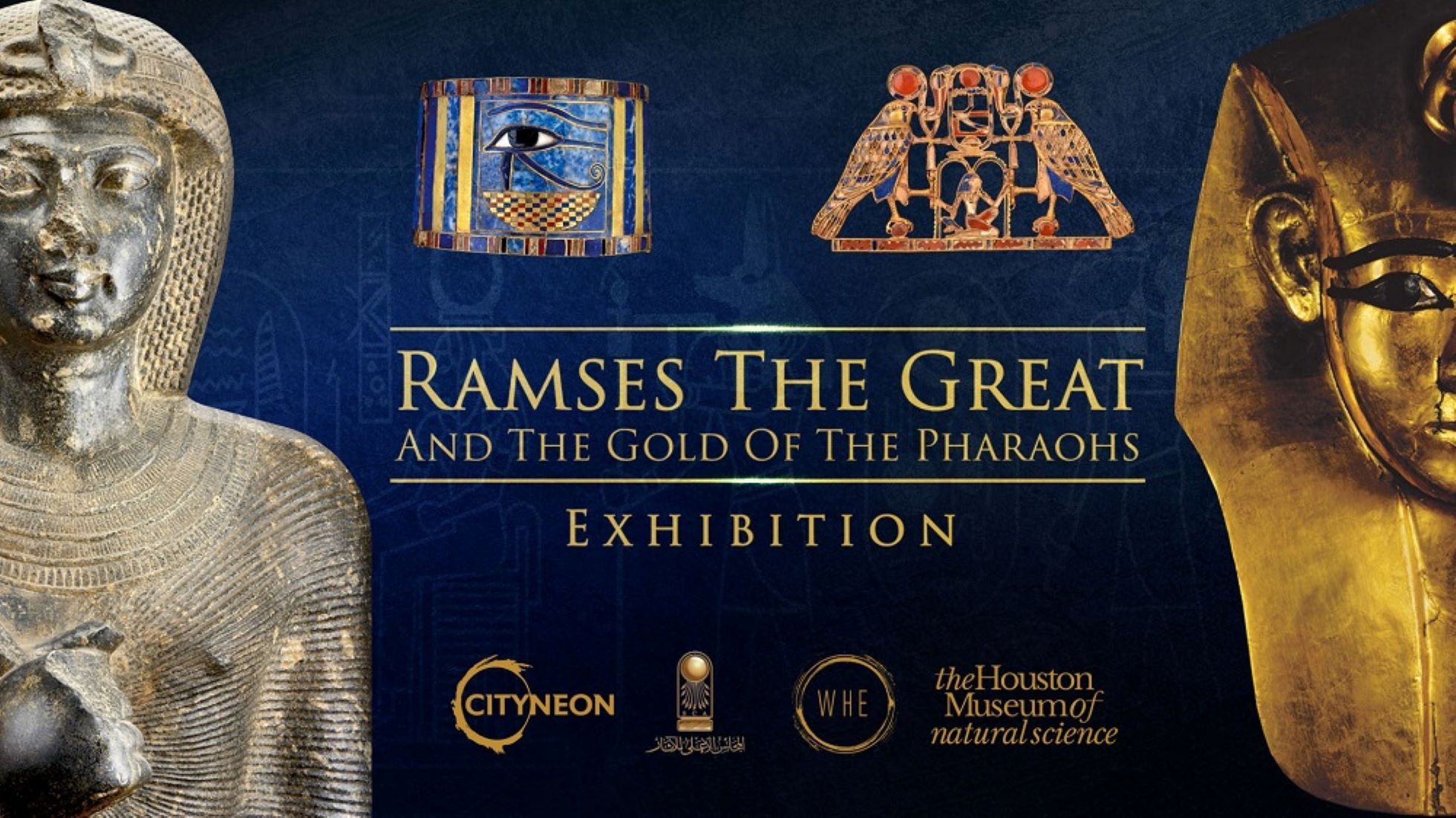SYDNEY, Nov 18 (NNN-AAP) – With 100,000 tickets already sold in advance, anticipation has been bubbling up in the air, for the exhibition titled “Ramses and the Gold of the Pharaohs,” even before its official opening to the public at the Australian Museum.
The blockbuster exhibition features 182 exquisite artefacts directly from the pyramids and museums of Egypt, bringing to life the story of Ramses II, who became the second-longest reigning pharaoh in ancient Egypt’s history.
The treasure trove includes jewellery in gold and silver, amulets, pottery, stone sculptures, limestone paintings, wooden coffins, and animal mummies, some of which have survived more than 3,000 years.
Before the curtain of the exhibition is raised, a media launch on Thursday offered a sneak peek into the multi-sensory museum experience apropos of the reign of Ramses II, his death and legacy, as well as, the gold-imbued masks, pectorals, and other adornments.
“He reigned for 67 years almost, which is seldom heard of, to be on the throne for that long. During that time, he did many different things,” Australian Museum Director and Chief Executive Officer, Kim McKay said, sharing her perspective on the historic significance of Ramses II.
McKay developed a love for ancient Egyptian culture since early childhood, when her father’s work took the family to Britain via the Suez Canal. Ramses II, in her words, was “without doubt the greatest pharaoh of them all.”
“He was a great warrior, but he also turned Egypt into a very peaceful and prosperous state. He fathered over 100 children. He managed to be a great builder and put his name on many other pre-existing buildings, and tombs, as well. So you will see Ramses II right across Egypt.”
The journey through the exhibition starts from a large theatre, where an overview film on Rameses II and his far-reaching impacts sets the scene.
In the main body of the exhibition, visitors can get to know the look of Ramses II through a variety of stone artefacts, such as a colossal statue head that depicts the pharaoh in the early days of his reign, and a limestone statue of him as a Sphinx offering a ram-headed vessel.
The significant collection also covers the golden mask of Amenemope, the vividly-coloured outer coffin of Sennedjem, and mummified animals like cats, crocodiles, mongooses, and a lion cub.
McKay revealed, the artefacts arrived here about a month ago and were kept in secret storage, as the value of the exhibition exceeded 2.5 billion Australian dollars (about 1.6 billion U.S. dollars).
“It’s taken over three weeks to install. Everything is so carefully handled by the travelling team that goes with the exhibition and also our team here at the Australian Museum,” she said.
The director underlined Ramses II’s wooden coffin, which has never before travelled outside of Egypt and France, as a “standalone showstopper.”
“That wonderful cedar coffin of Ramses II is vertical, not horizontal. And that vertical display will enable the public to really get a good sense of it,” she said.
According to McKay, the space was originally set aside for a Tutankhamun exhibition, which didn’t end up coming to Australia because of COVID-19.
“For the first time, we have a really spectacular exhibition almost purpose-built for the space that we have. It feels special down there. You really get time to spend to see the objects displayed beautifully,” she said.
To enrich the visitor experience, there are a wide range of activities, talks, and immersive virtual reality experiences. Sitting in cinematic motion chairs, viewers will fly through temples and sandstorms, taking an up-close look into the achievements of Ramses II.
Starting from today, the exhibition is expected to run at the Australian Museum until May 19, 2024.– NNN-AAP






